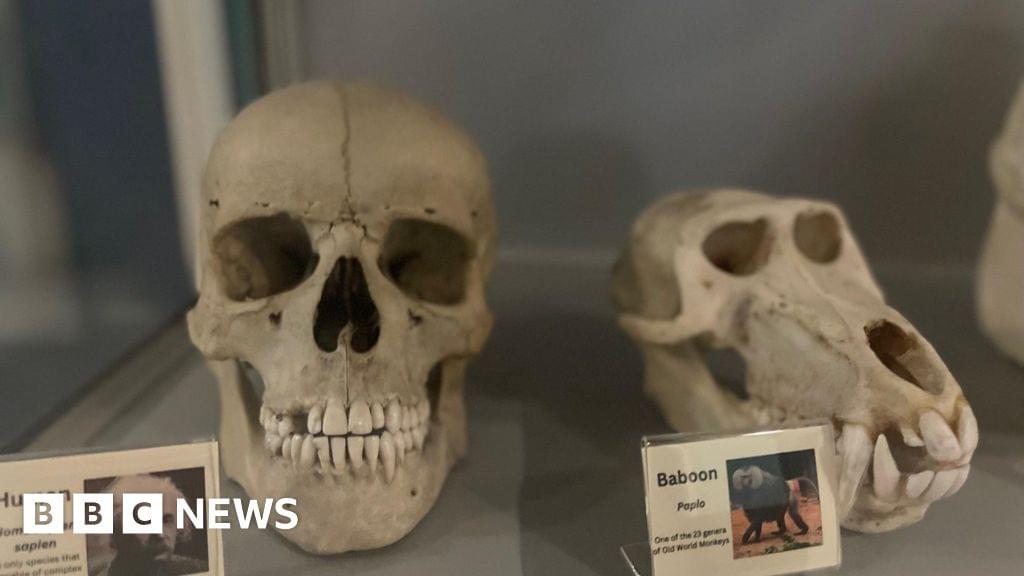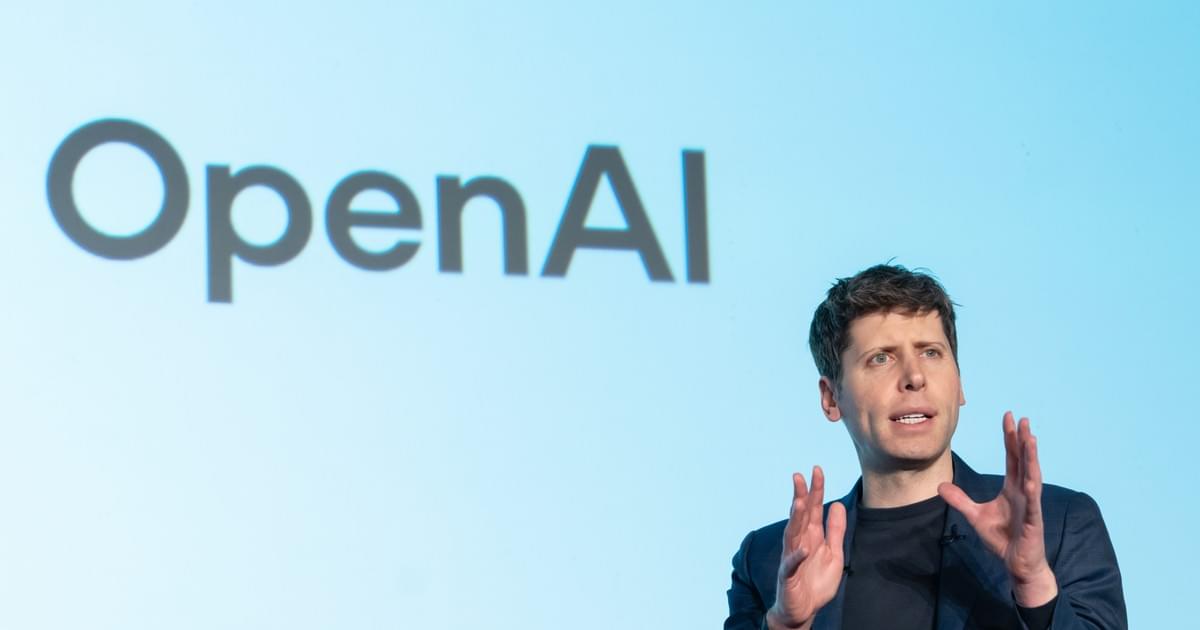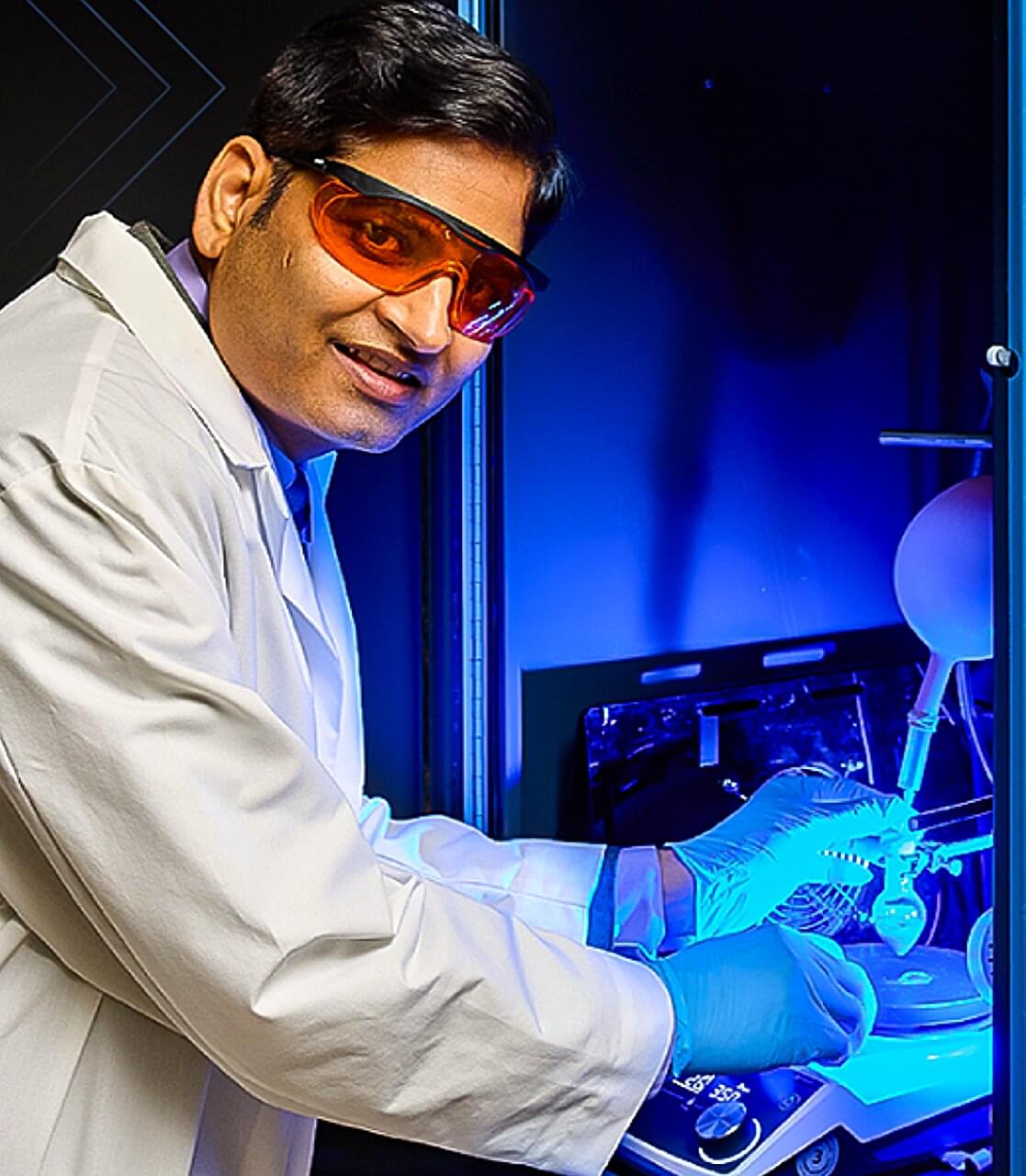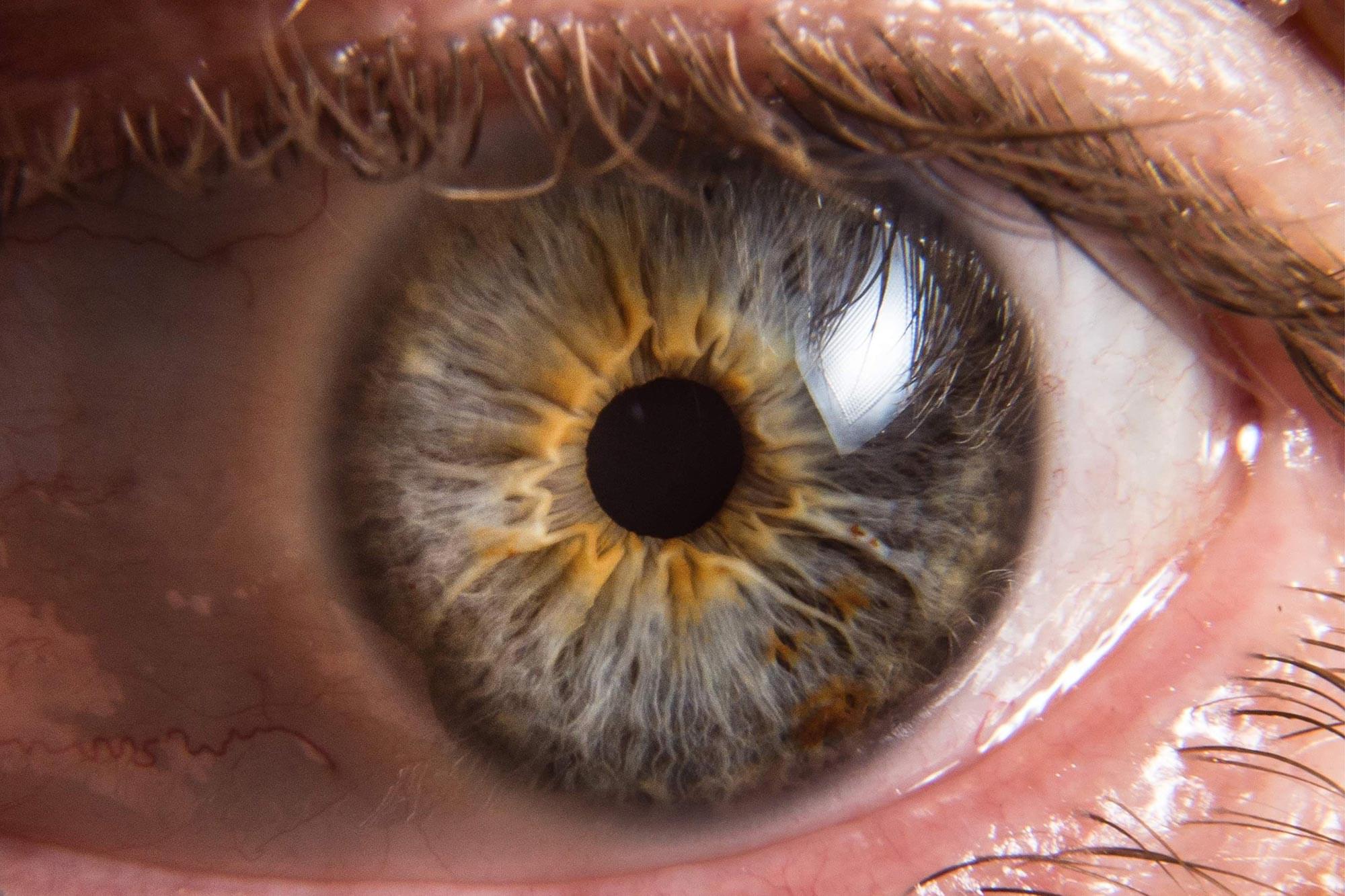Scientists have observed “quantum rain” for the first time—quantum droplets breaking up just like water in a storm! This discovery bridges classical fluid dy…
Category: innovation – Page 28


Secrets in the Shadows: ShadowCam and Cosmic Rays Uncover Moon’s Hidden Ice
Scientists are using cutting-edge techniques to track water ice on the Moon—an essential resource for future space missions.
A University of Hawai‘i team utilized ShadowCam to peer into the Moon’s perpetually dark craters, refining estimates of surface ice. Another team introduced a cosmic ray-based method to detect deeply buried ice, a breakthrough in lunar exploration. Both approaches could revolutionize how we locate usable water beyond Earth, with Hawai‘i emerging as a key player in the growing space frontier.
Unlocking lunar water: why ice on the moon matters.



Iron and blue light enable rapid, low-toxicity creation of carbohydrates for new antibiotics
Researchers at the University of Oklahoma have made a discovery that could potentially revolutionize treatments for antibiotic-resistant infections, cancer and other challenging gram-negative pathogens without relying on precious metals.
Currently, precious metals like platinum and rhodium are used to create synthetic carbohydrates, which are vital components of many approved antibiotics used to combat gram-negative pathogens, including Pseudomonas aeruginosa, a notorious hospital-acquired infection responsible for the deaths of immunocompromised patients. However, these elements require harsh reaction conditions, are expensive to use and are harmful to the environment when mined.
In an innovative study published in the journal Nature Communications, an OU team led by Professor Indrajeet Sharma has replaced these precious metals with either blue light or iron, achieving similar results with significantly lower toxicity, reduced costs, and greater appeal for researchers and drug manufacturers.

Light fields with extraordinary structure: Plasmonic skyrmion bags
A research group at the University of Stuttgart has manipulated light through its interaction with a metal surface so that it exhibits entirely new properties. The researchers have published their findings in Nature Physics.
“Our results add another chapter to the emerging field of skyrmion research,” proclaims Prof. Harald Giessen, head of the Fourth Physics Institute at the University of Stuttgart, whose group achieved this breakthrough. The team demonstrated the existence of “skyrmion bags” of light on the surface of a metal layer.
Scientists make incredible breakthrough that could help unleash limitless energy source: ‘Trying to make the design process as smooth as possible’
To address issues in stellarator reactors, Princeton Plasma Physics Laboratory has developed its QUADCOIL computer code for optimizing and accelerating the design process.

Breakthrough Drug Restores Vision: Researchers Successfully Reverse Retinal Damage
Vision is one of the most important human senses, yet more than 300 million people around the world are at risk of losing it due to various retinal diseases. Although recent treatments have helped slow the progression of these conditions, no effective therapy has been able to restore vision that has already been lost, until now. Researchers at KAIST have developed a new drug that successfully restores vision.
On March 30, KAIST announced that a research team headed by Professor Jin Woo Kim from the Department of Biological Sciences has created a treatment that regenerates retinal nerves to restore vision.

Your brain doesn’t learn the way we thought, according to new neuroscience breakthrough
These electrical pulses are communicated with other neurons through connections between them called synapses. Individual neurons have branching extensions known as dendrites that can receive thousands of electrical inputs from other cells. Dendrites transmit these inputs to the main body of the neuron, where it then integrates all these signals to generate its own electrical pulses.
It is the collective activity of these electrical pulses across specific groups of neurons that form the representations of different information and experiences within the brain.
For decades, neuroscientists have thought that the brain learns by changing how neurons are connected to one another. As new information and experiences alter how neurons communicate with each other and change their collective activity patterns, some synaptic connections are made stronger while others are made weaker. This process of synaptic plasticity is what produces representations of new information and experiences within your brain.